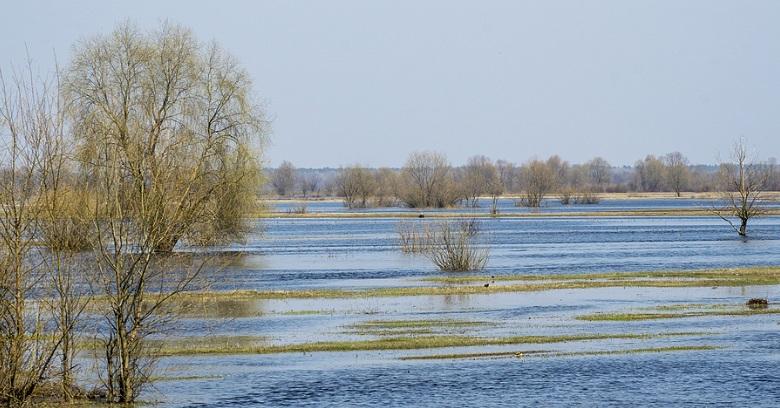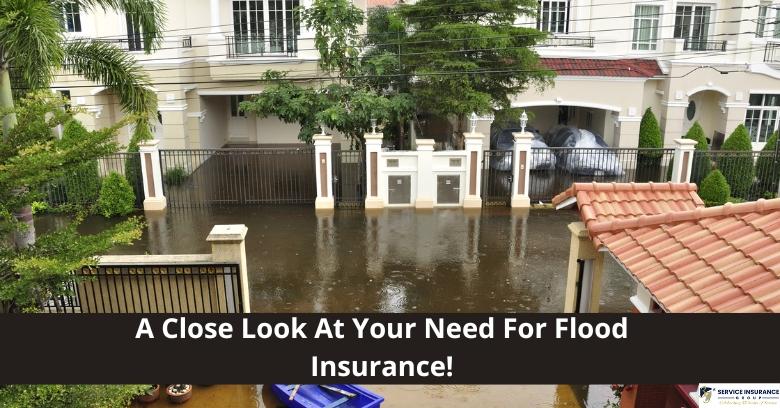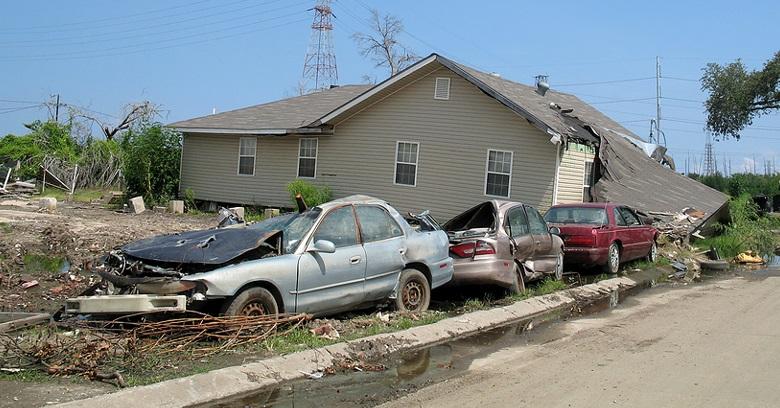Flood insurance is important coverage that many homeowners should have as a supplement to their regular homeowners insurance.
This is especially essential in Texas, where much of the state is situated within different flood zones, some of which are high-risk areas.
The flood zones that homeowners insurance agencies use to determine risk are noted areas where flooding might be possible under certain conditions and risk-rated according to a schedule of categories.
To understand what flood zone a home is located in and whether it is advisable to discuss flood insurance with a homeowners insurance agent, learning how these zones are determined can help.
Flooding History and Risk Assessment
The first and most important consideration that FEMA uses when documenting the different flood zones that homeowners insurance agencies refer to for calculating this supplemental homeowners insurance rate is flooding history.
Areas that flood more often are at higher risk of future floods while those that flood infrequently are at less risk.
These assessments are made based on many factors including weather patterns, topographical changes, elevation, proximity to bodies of water, and more.
There are zones categorized as frequent flood areas, some labeled as 100-Year zones, and even 500-Year zones, all of which are used to create different maps and zones for the same areas.
Community Floodplain Management
In addition to the above factors, the floodplain assessment and categorization that a homeowners insurance agent must review when insuring a property also considers the way each community handles its floodplains and practices flood prevention.
FEMA assigns a slightly lower risk rating in communities that take active measures to prevent or mitigate flooding by developing land wisely in ways that account for potential flooding.
Homes located within these communities may even be classified under zones that receive a slight discount when adding NFIP coverage to their standard homeowners insurance policy.
Flood Zone Categories
Based on these assessments and calculations, FEMA has designated 15 flood zone categories.
Among them, Zones A and V are considered Special Flood Hazard Areas where floods are most likely to occur.
These categories are documented on detailed flood zone maps that homeowners insurance agencies use to determine zone category and risk assessment for a home.
Insurance agents then use this information to calculate the NFIP or private flood insurance rates that apply when purchasing supplemental flood insurance.
Today, categories and zones are being frequently reassessed in those communities that practice floodplain management to keep them current based on new patterns and new flooding events.
Home Flood Zone Categories Based On Many Details
When purchasing flood insurance, homeowners need only to go to their regular homeowners insurance agency to discuss which flood zone and category their property is located in to receive an insurance quote.
These designations are generated by FEMA, and pre-determined using extensive research on past flooding, community solutions, and many other details.
Referring to current flood maps and zoning categories, insurance agents will calculate premium rates.
Due to unpredictable weather and constantly changing zones, this affordable supplement to standard homeowners insurance is recommended for most homes.





